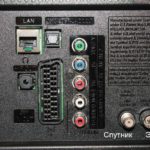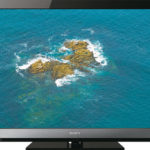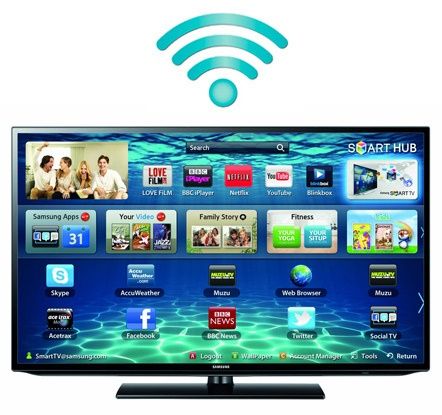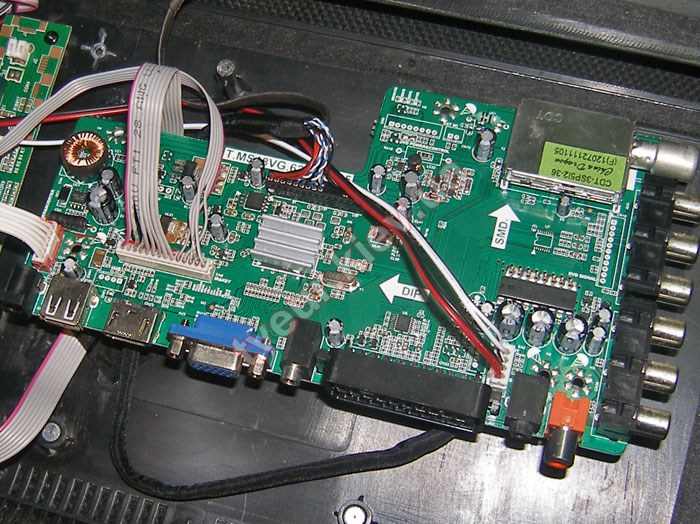What is DTV on TV
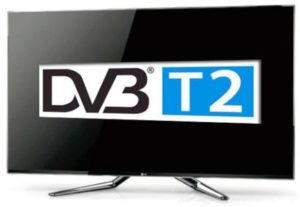 Digital television - Digital Television has replaced the old analogue, giving a number of advantages. Its introduction increased the quality of transmitted TV channels, while reducing the load on radio frequencies. Due to this, the number of broadcast channels has increased. When using an analog signal, weather conditions and other factors had a strong impact on its quality. Noise immediately appeared on the screen, and the image deteriorated sharply. Now, thanks to the use of DTV standards, this is all a thing of the past.
Digital television - Digital Television has replaced the old analogue, giving a number of advantages. Its introduction increased the quality of transmitted TV channels, while reducing the load on radio frequencies. Due to this, the number of broadcast channels has increased. When using an analog signal, weather conditions and other factors had a strong impact on its quality. Noise immediately appeared on the screen, and the image deteriorated sharply. Now, thanks to the use of DTV standards, this is all a thing of the past.
The content of the article
What is DTV on TV
The digital signal used in DTV uses a binary system (the same one used in computers) to transmit data. This approach allows you to broadcast video and audio in the popular MPEG format. Digital storage and transmission of information is very reliable. In this format, the signal has only two positions - one and zero, which eliminates the possibility of distortion at intermediate stages. Thanks to DTV, you can forever forget about such things as “snow”, “streaks” and other picture distortions, and the small size of the transmitted data significantly reduces their loss due to bad weather conditions.
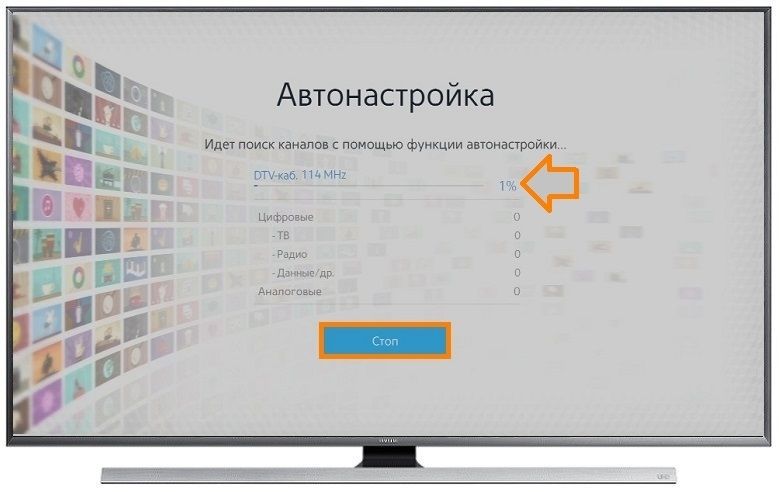
In addition to quality, another nice feature of DTV is the reduction in transmitter power requirements. This means that a significant part of their resources is freed up to broadcast other TV channels, increasing their number. This significantly expands the selection of programs, films and television series available to the user.
IMPORTANT! In order to start using digital television you do not need to buy a new receiver. A small signal-to-analog converter will solve this problem.
Digital television standards
DVB (Digital Video Broadcasting) technology, which was created at the dawn of digital TV, is designed to ensure its functionality in different countries. To ensure that equipment compatibility is maintained in regions around the world, a special commission has defined its own broadcasting standards for different countries:
- DVB is used in countries in the European region;
- ISDB in Japan;
- ATSC is a standard for American regions.
They, in turn, are divided into formats that determine the purpose of digital TV. Satellite television has its own format, mobile television has its own format, and so on. This allows you to make various paid broadcasts with closed access and additional features.
Thus, DVB used in Russia is divided into the following formats:
- DVB-T, DVB-T2 – digital terrestrial TV distributed over radio waves;
- DVB-S – used for satellite television transmission;
- DVB-H – Digital Video Broadcasting – Handheld for distributing TV to mobile devices;
- DVB-C is DTV transmitted via cable, as for other formats there is an improved version - C2.
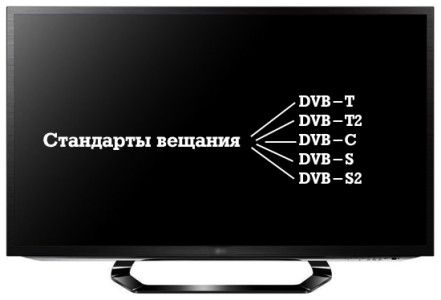
DVB-T2 is a new generation standard and differs from the T version in the large number of available channels. With a 30 percent increase in the amount of data transmitted, this format allows older transmitters to be used.
On-air DTV capabilities
Terrestrial digital television provides users with additional opportunities that were not available to analog television. The main thing can be considered transmission in MPEG-4 format. This encoding significantly reduces the size of transmitted video and audio.In addition, the DVB-T2 standard allows you to use:
- subtitles and teletext;
- video transmission in 3D format – DVB 3D-TV technology;
- surround multichannel sound;
- HbbTV is a website specially adapted for TV, with the ability for the user to interact with it;
- HDTV, UHDTV – formats with increased clarity and image quality.
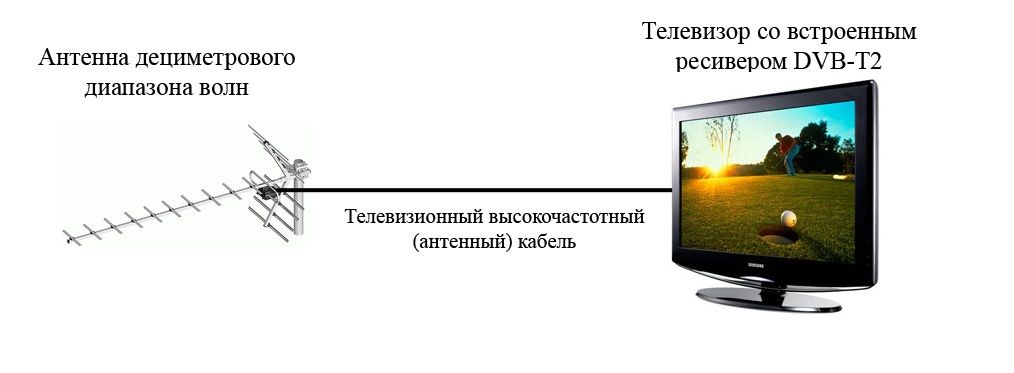
The above list is by no means exhaustive. There are other functions, the use of which depends on the capabilities of the TV receiver.
To take full advantage of DTV on your old TV, you should purchase a special converter. New models have a built-in digital television receiver. In any case, after simple setup, you will easily have access to all modern multimedia entertainment. The advantages of DTV are obvious and the complete transfer of all broadcast systems to it is quite clear and justified.

